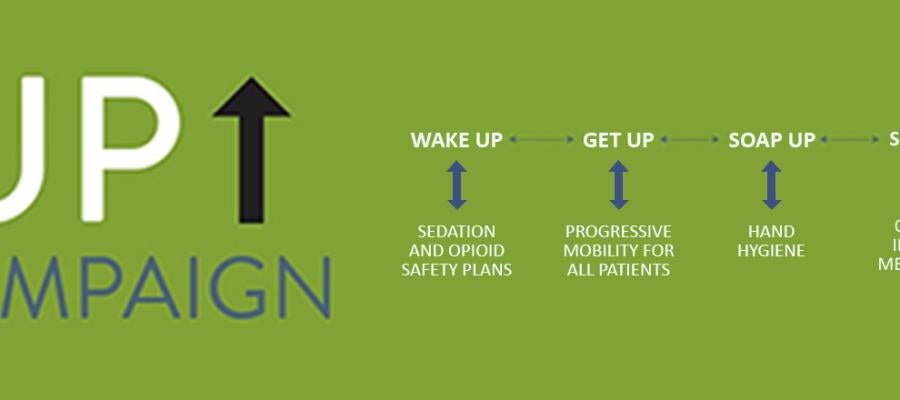Pollack Pledges AHA Support, Resources as Hospitals and Health Systems Redefine the ‘H’

Watch the video
Health care is facing a period of unprecedented transformation as new entrants seek to disrupt the field and reduce friction for patients, providing an opportunity for hospitals and health systems to reimagine and redefine themselves for the future, AHA President and CEO Rick Pollack told attendees today as he kicked off the AHA Annual Membership Meeting’s Federal Forum. “Now is our time to redefine the ‘H’, not by compromising our values or whittling away at our obligation to care,” Pollack said. “We’re going to redefine the ‘H’ to meet the demands of the moment, in a way that is even more responsive to our patients and communities.”
Pollack noted that many organizations might look very different than they do today, and that the change is already under way. Hospitals and health systems are moving beyond their four walls to deliver care in the community and make it more convenient for patients. They are investing in digital technology to coordinate care and harnessing the power of data to manage populations to keep people well and prevent illness. They are partnering with diverse community groups to address the social determinants of health and their community’s unique needs. And, they are converting facilities to “right-size” for the future, Pollack said.
[For additional highlights from the AHA Annual Membership meeting, click here.]
To help members as they redefine the “H,” AHA continues to advocate to protect and expand health coverage and to remove regulatory barriers and burdens that inhibit care coordination and drive up costs. In addition, AHA is urging the government “to find creative ways for how we fund the social determinants of care,” Pollack said, noting that means ensuring safe neighborhoods and schools; improving education and health literacy; ensuring access to healthy food and a clean environment; eliminating disparities and inequities in care; providing social support mechanisms; and ensuring economic stability and jobs.
As the field transforms, AHA is transforming with it to better serve members, Pollack said, highlighting new resources on innovation, as well as new data offerings. In addition, AHA has established the Value Initiative to both frame and address the issue of reducing costs and increasing value. It also has invested in additional resources to confront new and emerging challenges such as cybersecurity. In addition, AHA is working to develop new public policy ideas that can help providers be successful in the future, Pollack said.
“Our job at AHA is to provide an opportunity for every hospital – regardless of how you define the “H” – to continue to provide leadership in serving as an access point or anchor of services in their community,” Pollack said. “…Every generation has been called to redefine what a hospital is…from the advent of antibiotics to the sequencing of the human genome. While [hospitals’] core role may remain the same, we need to continue to adapt as the needs of our patients and communities change. But, what will never, ever, change is that they need you,” the women and men of America’s hospitals, he said.

